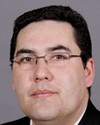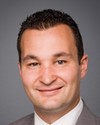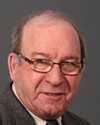First, let me thank you again for your presentation.
A big part of addressing the first nations education question in this country has forced us to focus on debunking myths. As a grand chief for six years before I got elected here, one of my biggest struggles was trying to take the attention away from the myths that are perpetuated with quantitative reports that don't look at the qualitative aspects and don't look at the successes of first nations programs.
The myth says the provinces do a better job, that the gap is our fault, our community's fault, our students' fault, that our students are less academic. As a result, it takes the focus away from the successes happening in our communities. This is what's been most troublesome for me over the years.
An elder told me once that if you focus on poverty, you'll achieve poverty; if you focus on prosperity, you'll achieve prosperity. And because these stats are sensationalized, it causes governments and others to focus on the poverty or the bad news in these reports.
I'm very happy you talked about the successes you've achieved in each of your organizations. In the context of Saskatchewan, my home province, I know our teacher education program--TEP--our native law centre, the aboriginal MBA program, are all experiencing graduation rates of 90% or so. The importance of the culture match to the students and the extension into the community speaks volumes to the model we should look at.
Mr. Whiteduck talked about student support, the PSSP, and institutional support, the ISSP. And I've been told, “Gary, don't focus on the money”, but I think the solutions are in the community, and we have to empower the communities to be able to share and activate these solutions.
Without realizing or understanding that, if you have a graph, our population is going at a 45-degree angle from the corner of this graph, and the funding has been going like this. So the gap grows every year, because we have a population group. What will happen if we don't fund the current models we have, the PSSP and the ISSP? For you to continue the success you have, what will happen if that funding isn't increased?





